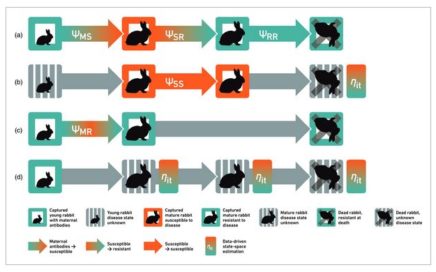Can Bilbies survive low density cat predation?
Two recent articles suggest that bilbies can persist under low predation levels from feral cats, but the ‘threshold question’ remains open. Is there a threshold cat density above which bilbies can’t survive – and if so, what is it; and does it vary between locations? For more information, see Moseby et, al., (2018) in Austral […]

